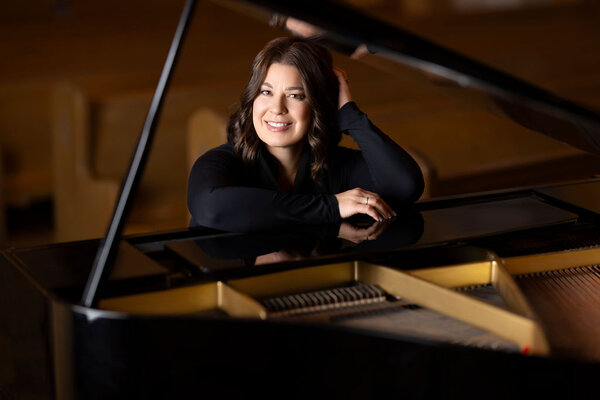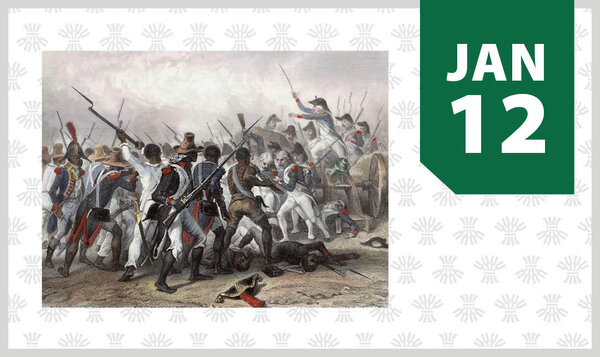
USask’s regional and urban planning program receives national reaccreditation
Students and alumni share their perspectives on the benefits of pursuing a Bachelor of Arts degree in the discipline
By Shannon Boklaschuk
As the Regional and Urban Planning (RUP) Program at the University of Saskatchewan (USask) receives national reaccreditation, students and alumni are sharing their perspectives on the benefits of the program and how it has helped them achieve their educational and career goals.
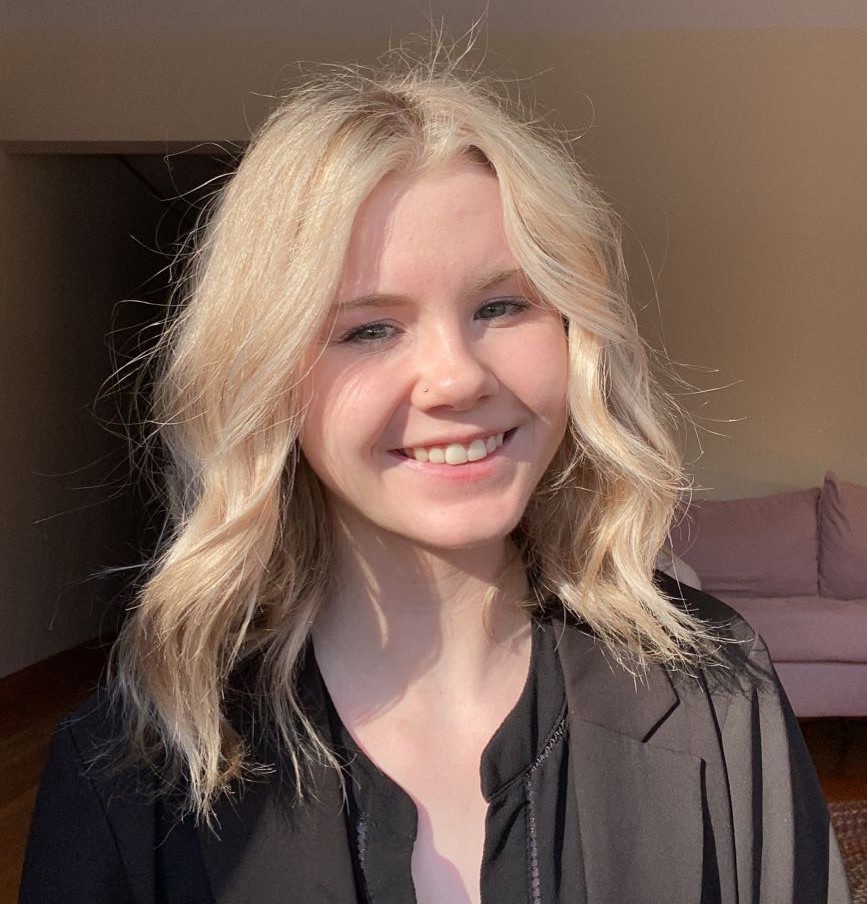
“I think the best part of the program is the sense of community it has,” said Ryan Bateman, a RUP student in her fourth year of studies and the president of the Planning Students’ Association.
“The class sizes are small, so you get the chance to get to know your professors,” she said. “Students collaborate on projects all the time so it’s easy to get to know people in the program. Being a part of the Planning Students’ Association, in particular, has been very rewarding, as it has given me opportunities to get involved in the community and further get to know other RUP students.”
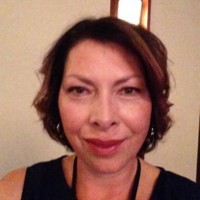
Carissa Donaldson, who earned her Bachelor of Arts (honours) degree in 2019, appreciated the collaborative atmosphere and the encouraging professors in the RUP program. Donaldson is now employed as the Manager of Planning and Development for the Resort Village of Candle Lake.
“Opportunities to learn practical skills in legal issues and professional development while exploring planning theory helped to guide my career,” she said. “The reputation of the program also gave me opportunities to gain planning experience while I was pursuing my degree, which enabled me to start my career immediately after completing classes and prior to spring Convocation.”
The regional and urban planning program is housed in the Department of Geography and Planning in USask’s College of Arts and Science. RUP students learn about the challenges of managing urbanization and the latest innovations in planning policy and design, and study topics such as land-use planning that integrates modern technologies, active transportation and transportation infrastructure, climate-change solutions, energy conservation, protecting water supplies and caring for natural areas.
USask’s RUP program recently received national reaccreditation for another five years through the Canadian Institute of Planners, following a 2021 site visit and review by the Professional Standards Board For the Planning Profession in Canada.

Dr. Robert Patrick (PhD), a faculty member in the Department of Geography and Planning and the chair of the RUP program, said the accreditation process ensures that the program meets specific competencies.
“The importance of that is that when your students graduate, they’re graduating from a program that is accredited and recognized by the Canadian Institute of Planners,” he said.
Patrick said students benefit from attending an accredited planning program because it puts them on a trajectory toward becoming registered professional planners in the near future. While alumni don’t automatically become registered professional planners following graduation—they still need to obtain two years of professional experience and be sponsored by a registered planner—they are on the path for eligibility for full membership in the Canadian Institute of Planners after completing an accredited program, such as the one offered at USask, and meeting the other criteria.
“The whole emphasis in the program is that our students will become planners,” Patrick said.
USask’s RUP program is one of only three professional undergraduate planning programs west of Ontario and is known for providing one of the longest-running planning degrees in the country. The program has a long history of building the planning profession provincially, nationally and internationally and celebrated its 50th anniversary in 2018. A recent development is the creation of the Certificate in Urban Design, which provides students with an expanded perception of the relationships between design-thinking, visual arts, the built environment, and the social and spatial conditions that drive the production of urban space.
Patrick said one of the RUP program’s strengths is its interdisciplinary nature. For example, the RUP Program Committee includes members from a variety of academic units and programs at USask—including geography and planning, sociology, economics, political studies, civil engineering, art and art history, and bioresource policy, business, and economics—as well as representatives from the Planning Students’ Association, the Saskatchewan Professional Planners Institute and planners working in the governmental or private sectors.
The RUP program embraces interdisciplinarity in its curriculum and is committed to active learning through project-based assessment, guest lectures, field trips and applied studio work focused on solving real problems in communities throughout Saskatchewan.
Patrick said the RUP Program Committee and its members play a key role in ensuring the program’s continued success, and he is grateful for their support.
“Many have served for over a decade and contribute to the program from other related disciplines,” he said.
Below, RUP alumni and current students share their thoughts on what they learned and why the program was the right fit for them.
Michael Lu (BA’20), RUP graduate and current USask master’s student

“The best part of the program for me was probably the structure of the program. All the classes progressed at a good pace and each one built off one another. I also really enjoyed the professors I had. Dr. Bob (Patrick) was the one to get me into planning after I had taken one of his first-year courses.”
Carissa Donaldson (BA’19), RUP graduate and Manager of Planning and Development, Resort Village of Candle Lake
“It seems that successful professional planners are networkers. The RUP program gives students opportunities to hone these networking skills through team projects (and) the RUP student conference, as well as a discounted rate to attend and participate in the provincial SPPI (Saskatchewan Professional Planners Institute) conference—unique opportunities to the RUP program that help set up people for success in the future.”
Saedi Soubolsky (BA’20), RUP graduate and Planning Consultant, Government of Saskatchewan
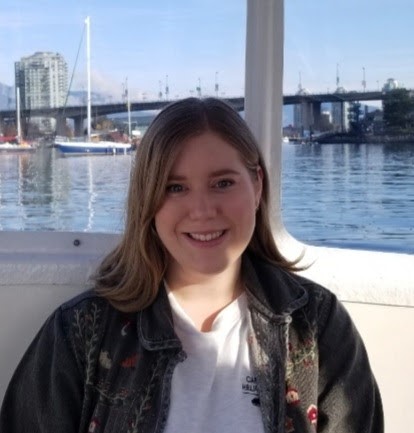
“Many of my relationships from the RUP program have turned into lasting friendships. Although RUP is quite small in comparison to others, there is still opportunity to become involved, whether it be through student groups, student events or professional events. In addition, the professors themselves are very involved, and it is apparent that each and every one of them want to see their students succeed—and they do what they can to help in the process. The support and encouragement from each of the professors during my studies, but also afterwards, is extremely admirable.”
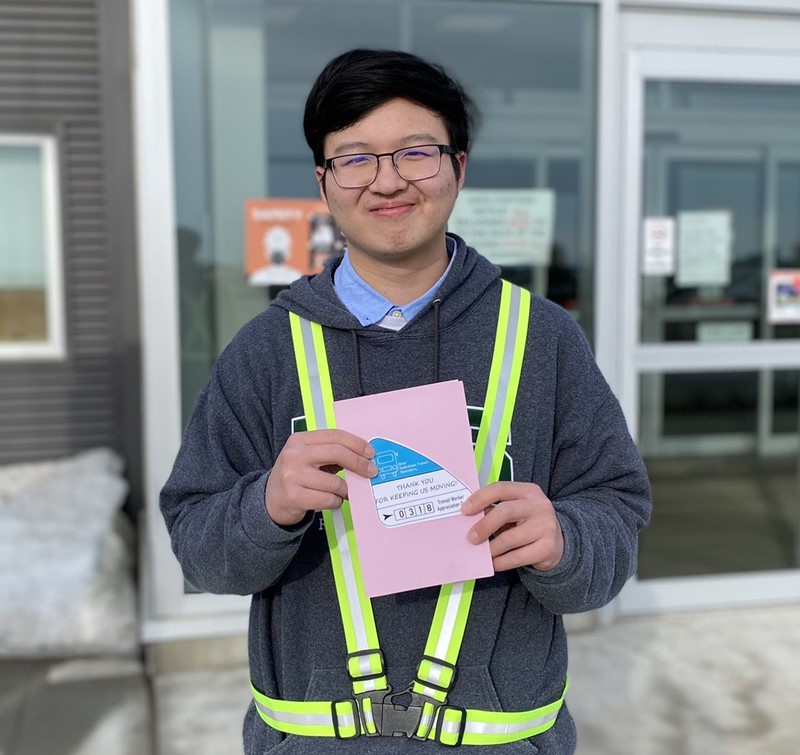
Dominic Tran, third-year RUP student
“I chose planning because I have always had a strong passion for public transit, public infrastructure, and the arts and science of city design and planning. I also wanted to study planning because I want to make positive changes to the city and transform urban spaces to become more sustainable and welcoming to people and natural creatures. The best thing about this program so far is the helpfulness of the instructors when I need help with researching, knowledge sharing, developing projects and seeking employment opportunities. Another nice thing that I have experienced through the program is the process of learning to use designing and mapping software such as AutoCAD, ArcGIS or Streetmix.”
Ryan Bateman, fourth-year RUP student
“After taking GEOG 240: Sustainable Cities and Regions with Dr. Bob Patrick in my second year, I realized my interests were in exploring how humans interact with the built and natural world. So, when I was looking for a degree that would facilitate that, RUP seemed like the obvious choice. I was drawn to the idea of how the places in which we live affect our quality of life. I really liked the multi-disciplinary approach RUP gave me as well. I am interested in the social side of planning and, through many of the classes that feed into RUP, I got to explore that interest further.”

Carmen Larson, fourth-year RUP student
“When it came to choosing a university major, I knew I wanted to focus on environmental protection. When I first started out, though, little was clicking regarding potential career paths in this field. When I took a class on Sustainable Cities and Regions, it felt like the puzzle pieces were finally falling into place for me and I switched majors to RUP. The foundational community-based approach to dealing with issues like climate change and conservation management intrigued me. There can be focus on long-term progressive solutions rather than short-term reactionary solutions when it comes to environmental challenges, as well as shaping how we interact with our communities and the surrounding landscape.”

Kloey Bells, fourth-year RUP student
“When looking at university programs as an 18-year-old, I knew I wanted to do something with the environment, but I also knew I had to be in a field where I could help people. I had no idea that the RUP program existed at the time, and when I stumbled across the (USask course and program) catalogue it felt like this program completely encapsulated all my passions and what I want out of my professional life. I have always been incredibly interested in interior design, architecture, cities, transit and the built environment in general. This program perfectly intersects (with) my design interests, my work style, organization and desire to work with a team to benefit society."
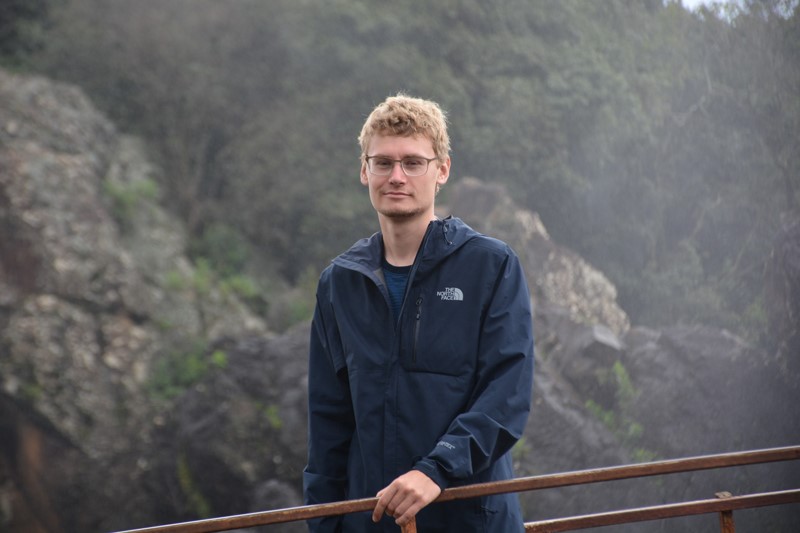
Gavin Blondeau, third-year RUP student
“I am passionate about sustainability and building strength in Indigenous communities. I chose regional and urban planning because I wanted to pursue a career in healthy community design and development. Aside from the learning, of course, the best part for me is being around the other students and faculty members who are really great. They make it a very enjoyable and supportive place to spend my time with at the university.”
